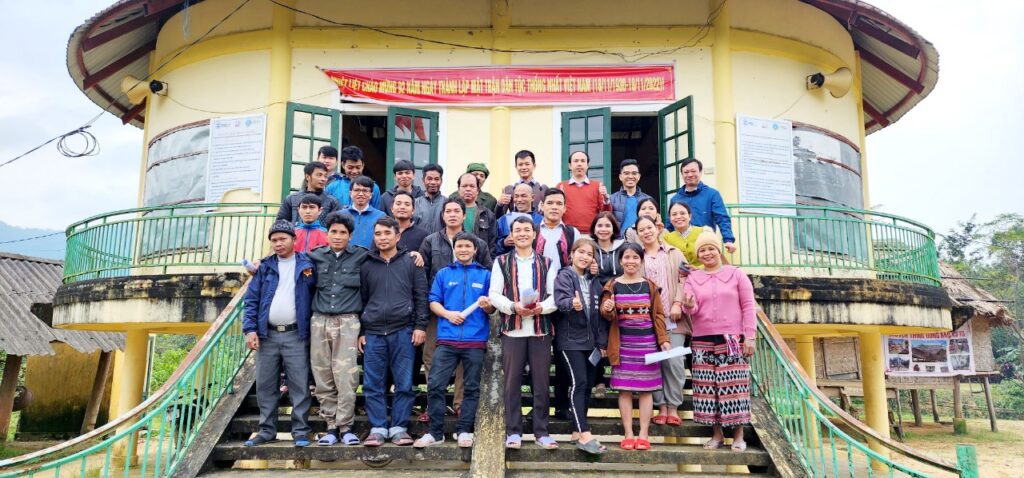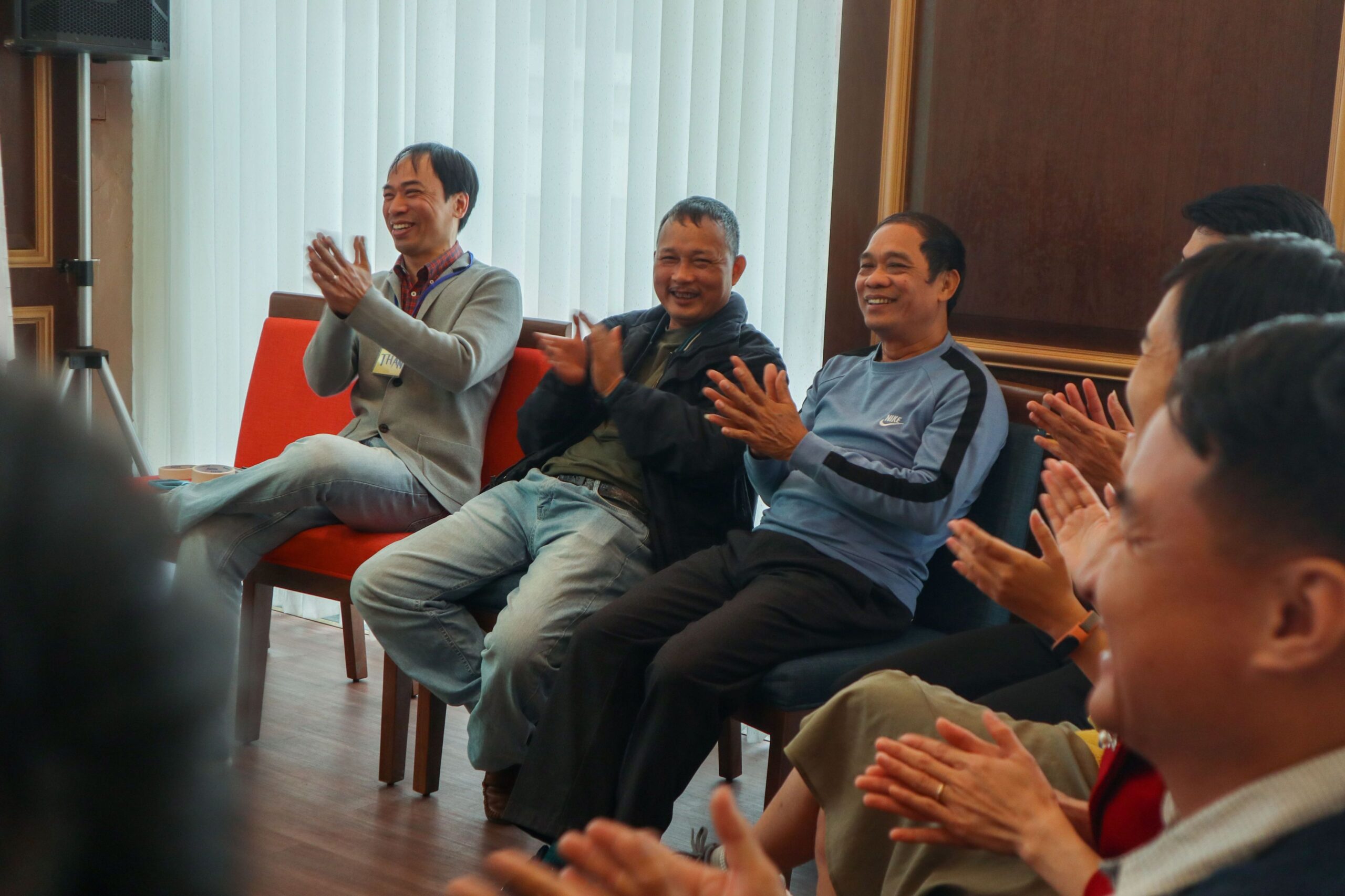Training on Sharing benefits from reducing GHG emissions for Kim Hoa community
On 4th and 5th January 2023, People and Nature Reconciliation (PanNature) organized a Training Course on Benefit Sharing from reducing GHG emissions for communities in Kim Tan, Kim Trung, Kim Lu 1 and Kim Lu 2 in the Kim Hoa commune, Tuyen Hoa district, Quang Binh province. The training course was divided into two days for two community groups: training for the communities of Kim Tan and Kim Trung villages took place on 4th January whilst training for Kim Lu 1 and Kim Lu 2 village communities took place on 5th January.








